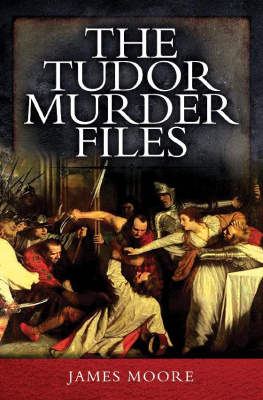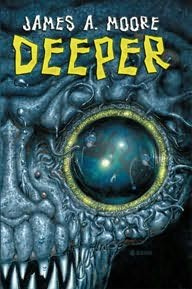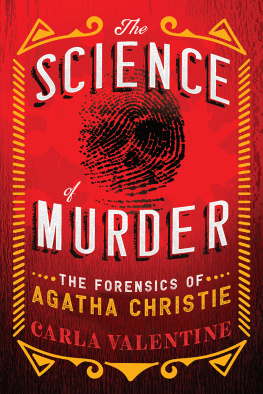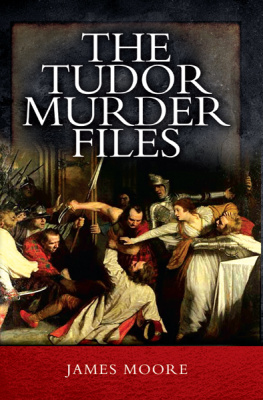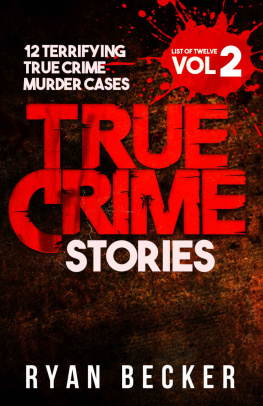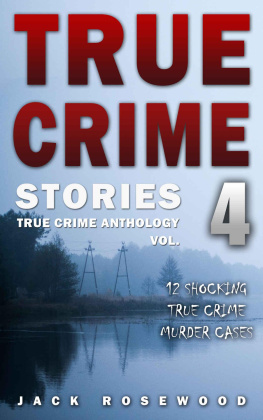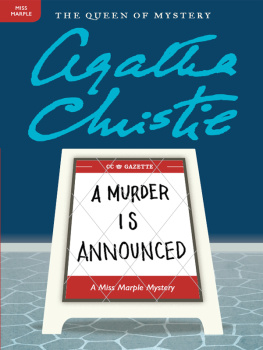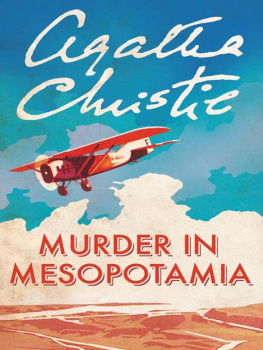For my mother, Philippa, who knows more than I ever will.
First published in Great Britain in 2016 by
PEN AND SWORD HISTORY
an imprint of
Pen and Sword Books Ltd
47 Church Street
Barnsley
South Yorkshire S70 2AS
Copyright James Moore, 2016
ISBN: 978 1 47385 703 2
PDF ISBN: 978 1 47385 706 3
EPUB ISBN: 978 1 47385 704 9
PRC ISBN: 978 1 47385 705 6
The right of James Moore to be identified as the author of this work has been asserted by him in accordance with the Copyright, Designs and Patents Act 1988.
A CIP record for this book is available from the British Library
All rights reserved. No part of this book may be reproduced or transmitted in any form or by any means, electronic or mechanical including photocopying, recording or by any information storage and retrieval system, without permission from the Publisher in writing.
Printed and bound in England
by CPI Group (UK) Ltd, Croydon, CR0 4YY
Typeset in Times New Roman by
CHIC GRAPHICS
Pen & Sword Books Ltd incorporates the imprints of Pen & Sword Archaeology, Atlas, Aviation, Battleground, Discovery, Family History, History, Maritime, Military, Naval, Politics, Railways, Select, Social History, Transport, True Crime, Claymore Press, Frontline Books, Leo Cooper, Praetorian Press, Remember When, Seaforth Publishing and Wharncliffe.
For a complete list of Pen and Sword titles please contact
Pen and Sword Books Limited
47 Church Street, Barnsley, South Yorkshire, S70 2AS, England
E-mail:
Website: www.pen-and-sword.co.uk
Contents
About the Author
James Moore is a freelance journalist and author, with a passion for exploring the lesser known parts of our past. He has written eight books, including four other popular history titles: Murder at the Inn: A History of Crime in Britains Pubs and Hotels; Pigeon-Guided Missiles and 49 Other Ideas That Never Took Off; Ye Olde Good Inn Guide: A Tudor Travellers Guide to the Nations Finest Taverns and Historys Narrowest Escapes. His journalistic work has appeared in many publications including the Sunday Telegraph, Daily Express and Daily Mirror. He lives in Gloucestershire with his wife, two sons and far too many books.
Acknowledgements
A book covering this much territory is only possible with the help and support of a large number of people. In particular I would like to thank: Tamsin Moore, Alex Moore, Laurie Moore, Philippa Moore, Sam Moore, Dr Tom Moore and Geoffrey Moore as well as Dr Claire Nesbitt, Lana Matile Moore, Sarah Sarkhel, Robert Smith, Samm Taylor, Laurence Heyworth, Jan Hebditch, Felicity Hebditch, Jim Addison, Daniel Simister, Will and Fiona Poole, Emma Price, Julia Murphy, Fran Bowden, Martin Phillips, Steph Eccles, Carol Trow and Heather Williams.
Front cover image
The murder of David Riccio, from The Murder of Rizzio, by John Opie, 1787. (Courtesy of the Guildhall Art Library) Back cover image
Queen Elizabeth I, from an oil painting by Henry Gillard Glindoni. (Courtesy Wellcome Library, London)
Introduction
Truth will come to light; murder cannot be hid long.
The Merchant of Venice
Murder was much on the mind of William Shakespeare; he used the word more than 200 times in his plays. It would not have been surprising if the unlawful slaughter of his fellow man pre-occupied the bard, for during the era in which he lived the homicide rate was at least five times higher than it is today. The Tudor age, which began in 1485 with the reign of Henry VII and ended in 1603 with the death of Elizabeth I, was a dangerous and bloody one. Under Henry VIII alone there were 72,000 executions and the Tudor epoch has become synonymous with the beheadings of high profile figures like Anne Boleyn, Thomas Cromwell and Mary Queen of Scots. Yet it was also a time in which the everyday threat of murder was always present, whichever sector of society you came from. Sudden death at the hands of others could come in many forms: from the blade of a robber, the sword of a rival or deadly poison administered by a cheating spouse.
The crime of murder was one that filled the nation with a growing fear, but fascination too. There was a new eagerness among the public to know all the details of murder cases, with chroniclers and pamphleteers producing comprehensive accounts of the most sensational killings to a news-hungry audience. This book is written in that tradition, seeking to bring together all the most dramatic true life tales of murder from the reign of the Tudors for the first time. From stories of grisly domestic killings, to elaborate plots inspired by lust, as well as politically motivated assassinations, many of the cases throw up intriguing mysteries as well as providing powerful insights into social history.
The focus of the Tudor Murder Files is mainly on murders from England but also touches on some of the most shocking and compelling stories from Scotland and Wales. With a cast list that includes Sir Thomas More, Sir Francis Drake, Christopher Marlowe and many more, as well as a startling variety of motives, methods, culprits and victims this collection proves that when it comes to murder the Tudor period could serve up cases just as shocking and mysterious as those from our own times.
PART ONE:
MURDER AND THE TUDORS
The Deadly Deed
What was murder?
Of all the felonies murder is the most heinous so wrote the Elizabethan legal expert Sir Edward Coke. His contemporary, the writer Anthony Munday, branded it an abhominable offence in the sight of God and Man. This did not mean that the Tudors thought that murder was the worst crime; that position was reserved for treason, which as well as including direct attempts to overthrow the monarch could even include counterfeiting. Felonies were defined as serious crimes where the punishment was usually death. In Tudor England, it was not only murder or treason that could see you executed you could equally be hanged for offences such as rape or robbery.
By the 1500s it was established that murder was something carried out furtively with some form of premeditation. In The Boke of Justyces of Peas, published in 1510, murder was described as where a man by malice pre-pensed lies in wait to slay a man and according to that malicious intent and purpose he slays him so that he who is slain makes no defence.
During the course of the sixteenth century, English law began to define the boundaries of murder more clearly. Someone who was an accessory to a murder, or who instigated one, became equally culpable even though they hadnt wielded a weapon. Beating a person or making someone else do so could be murder if the victim then died of their injuries. If a murderer planned to kill someone but happened to kill someone other than their intended target, it could still be murder. And, if a group set out with the intent to kill, they could all be tried for murder, even though they might not have committed the act themselves.
Murder was made distinct from manslaughter under the Tudors, with the latter defined as a death that occurred as a result of chance medley, essentially in a hot-blooded affray. The line between manslaughter and murder remained muddied, particularly in the case of sudden, apparently unpremeditated murders, during theft for instance. The penalty for manslaughter could still be death but the crime rarely ended in a hanging. When the playwright Ben Jonson killed actor Gabriel Spencer in a duel in 1598, he was tried for manslaughter and escaped execution.
Infanticide, the killing of newborn babies, had historically been dealt with by the separate ecclesiastical courts, but from the Tudor period, as worries grew about its prevalence, secular courts became involved. It filled Tudor commentators with horror. One pamphlet told of a maid delivered of a sweet and tender infant but casting all motherly and natural affection from her buryed the same alive. Infanticide carried the death penalty, but prosecutions were few as proof was needed that the baby had been born alive.

